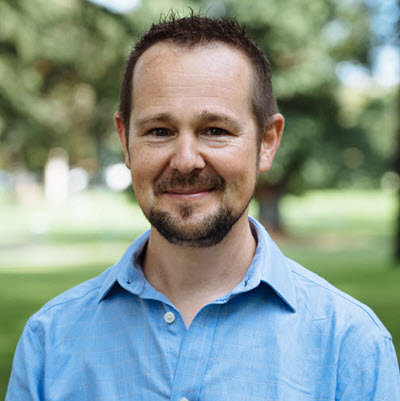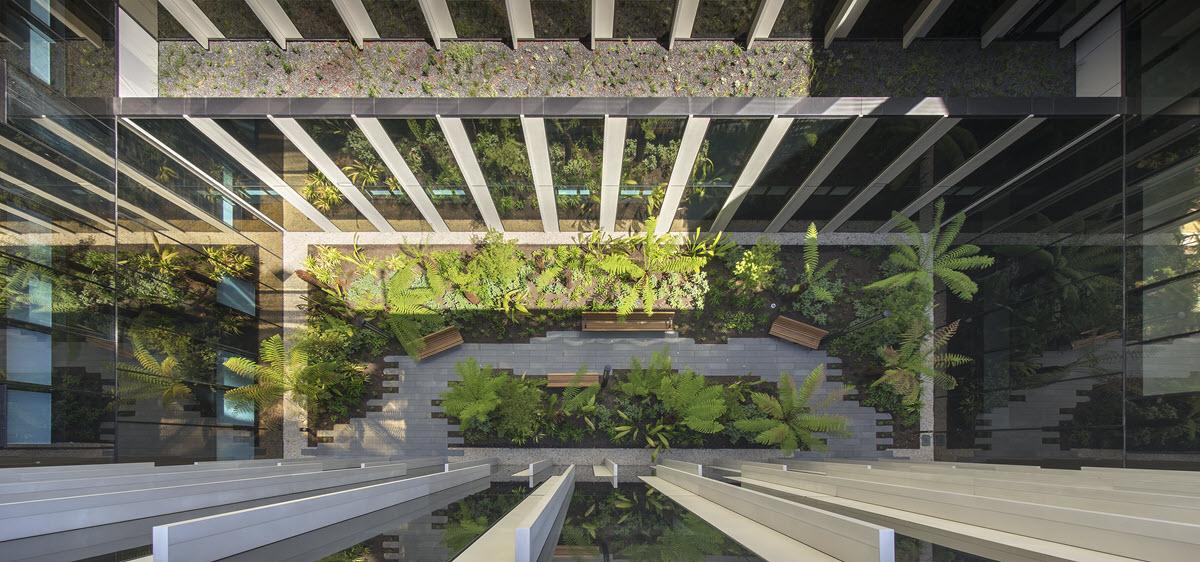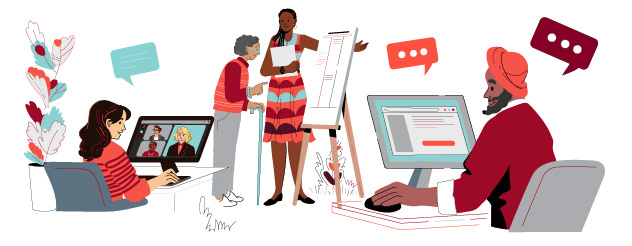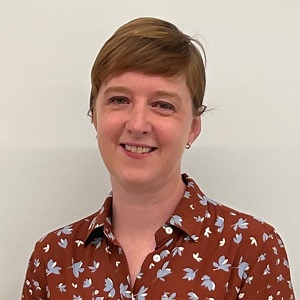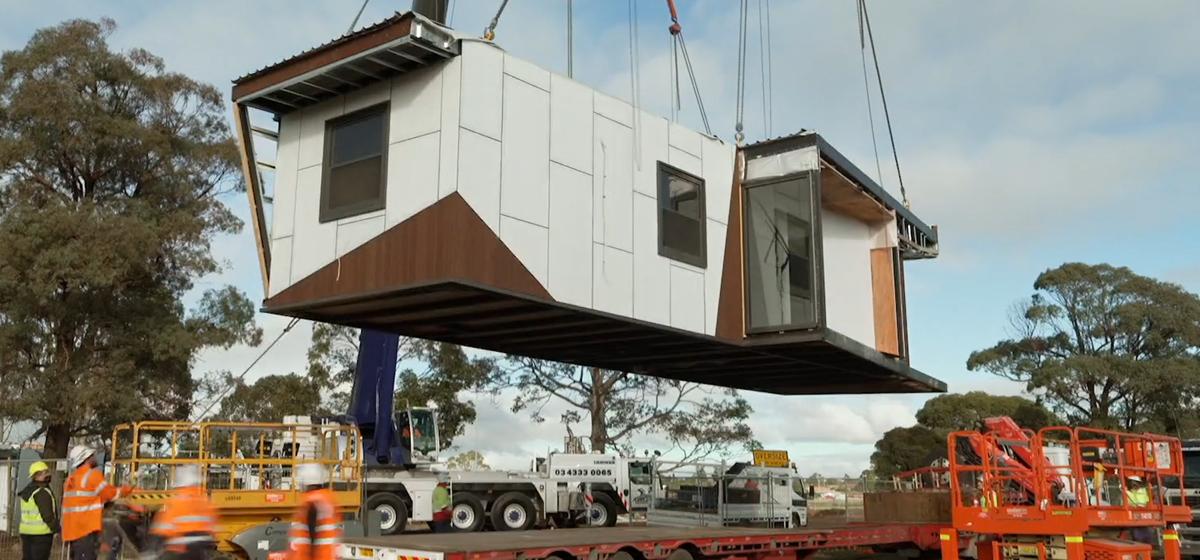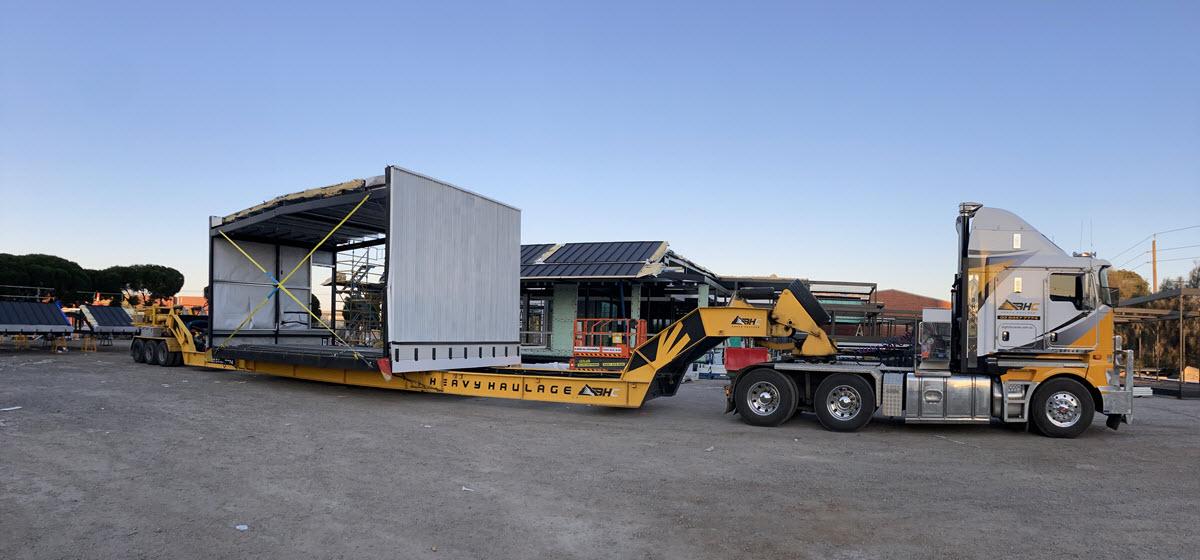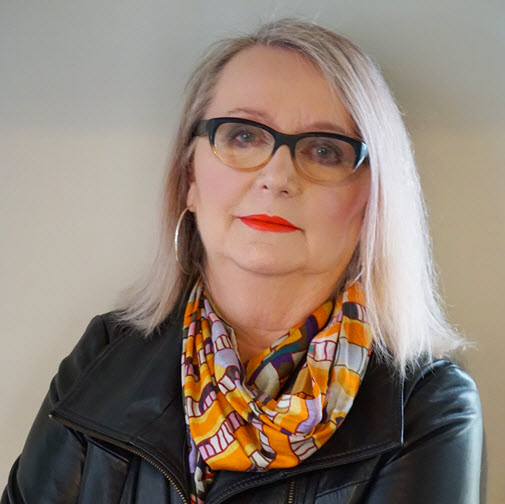Σχεδιάζουμε για την άνοια (Greek)
Η Κυβέρνηση Βικτώριας είναι ο μεγαλύτερος κρατικός φορέας παροχής ιδρυματικής γηροκομικής φροντίδας στην Αυστραλία. Έχουμε δεσμευθεί στον εκσυγχρονισμό των κρατικών γηροκομείων.
Αυτό περιλαμβάνει την αντικατάσταση των παρωχημένων κρατικών γηροκομείων με ειδικά κατασκευασμένες, σύγχρονες εγκαταστάσεις. Περιλαμβάνει επίσης αναβάθμιση, ανακαίνιση και ανακατασκευή των υφιστάμενων γηροκομείων.
Μάθετε πώς σχεδιάζουμε τα γηροκομεία για να καλύπτουν τις ανάγκες των ατόμων με άνοια.
Σε ολόκληρη τη Βικτώρια, 100.000 άνθρωποι έχουν άνοια – και ο αριθμός αυτός προβλέπεται σχεδόν να διπλασιαστεί τα επόμενα 20 χρόνια.
Τα κρατικά γηροκομεία διαδραματίζουν σημαντικό ρόλο στην στήριξη ατόμων που:
- έχουν πολύπλοκες ανάγκες στήριξης
- βιώνουν κοινωνικοοικονομικά μειονεκτήματα
- κατοικούν σε μέρη όπου δεν υπάρχουν άλλες εναλλακτικές λύσεις.
Αυτές οι υπηρεσίες στοχεύουν στην προώθηση της ανεξαρτησίας, επιλογής και αξιοπρέπειας των οικότροφων για να στηρίξουν την υγεία, την ευεξία και την ποιότητα της ζωής τους.
Τα άτομα με άνοια αντιπροσωπεύουν το 52 τοις εκατό των οικότροφων σε όλα τα γηροκομεία. Ο αριθμός αυτός είναι ακόμη υψηλότερος στα κρατικά γηροκομεία.
Κείμενο
ΕΙΚΟΝΕΣ: Μια πανοραμική πλάγια όψη του νέου γηροκομείου στο Creswick
Κείμενο στην οθόνη: Το Γηροκομείο Creswick αναβαθμίστηκε με επένδυση αξίας $3,2 εκατομμυρίων
ΕΙΚΟΝΕΣ: Ένα εναέριο πλάνο από drone κινείται πάνω από το ανακατασκευασμένο κτήριο
Κείμενο στην οθόνη: Η νέα μονάδα 12 κλινών στηρίζει άτομα με άνοια σ' ένα ασφαλές και σπιτικό περιβάλλον
ΕΙΚΟΝΕΣ: Η λήψη από drone που ανεβαίνει από το επίπεδο του εδάφους στο επίπεδο της οροφής του νέου κτηρίου
Κείμενο στην οθόνη: Οι οικότροφοι εγκαταστάθηκαν στα τέλη του 2020 και χαίρονται τα δικά τους υπνοδωμάτια και μπάνια
ΕΙΚΟΝΕΣ: Πλάνα από την κουζίνα και την τραπεζαρία, ένα σαλονάκι και δύο μονές κρεβατοκάμαρες
Κείμενο στην οθόνη: Υπάρχει στους πολύς χώρος για κοινωνική συναναστροφή των οικότροφων και για επισκέψεις των οικογενειών
ΕΙΚΟΝΕΣ: Κοντινό πλάνο τραπεζιού τραπεζαρίας και καρέκλες, μετά ένα σαλονάκι με τηλεόραση
ΕΙΚΟΝΕΣ: Μια εναέρια λήψη με drone στους εγκατάστασης με εσωτερική αυλή και μετά τη θέα του χώρου με τον υπαίθριο κήπο. Η τελική λήψη είναι μια πανοραμική πλάγια όψη του ανακατασκευασμένου κτηρίου
Κείμενο στην οθόνη: Λογότυπο της Αρχής Κτηριακών Εγκαταστάσεων Υγείας Βικτώριας και η διεύθυνση του ιστότοπου (vhba.vic.gov.au)
[End of transcript]
Τι είναι ο φιλικός προς την άνοια κτηριακός σχεδιασμός;
Τα φιλικά στους την άνοια περιβάλλοντα έχουν σχεδιαστεί για να μεγιστοποιήσουν την ανεξαρτησία και τη συμμετοχή των ανθρώπων δημιουργώντας ένα υποστηρικτικό, οικείο, ουσιαστικό και ασφαλές περιβάλλον.
Ο φιλικός στους την άνοια κτηριακός σχεδιασμός στηρίζει άτομα που έχουν μειωμένη κινητικότητα, αισθητηριακές απώλειες και μεγάλη ποικιλία σύνθετων παθήσεων.
Ο σχεδιασμός λαμβάνει προσεκτικά υπόψη τόσο το φυσικό όσο και το κοινωνικό περιβάλλον. Εξετάζει στους μοναδικές δυνατότητες και ικανότητες των ανθρώπων και το πώς διατηρούν τα συναισθήματα που προσδίδουν νόημα στη ζωή στους μέσω της οικειότητας και της σύνδεσης.
Sally Delany, Διευθύντρια Υπηρεσιών Σχεδιασμού, Αρχή Κτηριακών Εγκαταστάσεων Υγείας Βικτώριας«Ο φιλικός προς την άνοια κτηριακός σχεδιασμός ενισχύει την ευεξία δημιουργώντας περιβάλλοντα που είναι φιλόξενα και έχουν νόημα. Επιτρέπει στον οικότροφο να μετακινηθεί ελεύθερα στους εσωτερικούς και εξωτερικούς χώρους του γηροκομείου του. Προάγει την ανεξαρτησία δημιουργώντας ασφαλείς και αισθητικά ελκυστικούς χώρους – μεγιστοποιώντας τη χρήσιμη διέγερση και ελαχιστοποιώντας τη μη βοηθητική διέγερση που μπορεί να οδηγήσει σε αυξημένα επίπεδα αποπροσανατολισμού και άγχους».
52%
των οικότροφων όλων των γηροκομείων έχουν άνοια
Τα σπιτικά περιβάλλοντα
δίνουν στους οικότροφους επιλογές και ανεξαρτησία
Τα ιδιωτικά υπνοδωμάτια
παρέχουν αξιοπρέπεια και ικανότητα να δοθεί μια προσωπική χροιά στο δωμάτιο
Οι εξωτερικοί χώροι
παρέχουνσύνδεση με το φυσικό περιβάλλον
Δημιουργία ενός σπιτικού περιβάλλοντος
Το σπιτικό περιβάλλον είναι το κλειδί για τον φιλικό προς την άνοια κτηριακό σχεδιασμό. Αυτά τα περιβάλλοντα προσφέρουν επιλογές και ανεξαρτησία με εξοικείωση και άνεση.
Όταν κατασκευάζεται ένα γηροκομείο, οι στρατηγικές σχεδιασμού για τη δημιουργία ενός οικιακού περιβάλλοντος περιλαμβάνουν:
- ένα μικρό σπιτικό μοντέλο
- ιδιωτικά υπνοδωμάτια που μπορούν να εξατομικευτούν
- εύκολη πρόσβαση προς τους εξωτερικούς χώρους
- μια μεγάλη ποικιλία κοινόχρηστων χώρων.
Ο Richard Blight είναι διευθυντής στο Blight, Blight and Blight – του αρχιτεκτονικού γραφείου που σχεδίασε το φιλικό προς την άνοια Γηροκομείο Creswick αξίας $3,2 εκατομμυρίων. Ο Richard εξηγεί τον τρόπο που η ομάδα του συνεργάζεται με τους οικότροφους για να προσδιορίσει τι σημαίνει το γηροκομείο γι' αυτούς.
Richard Blight, Διευθυντής του Blight, Blight & Blight«Διεξάγουμε προγράμματα που χρησιμοποιούν την τέχνη σαν μέσο θεραπείας ως τρόπο συνεργασίας με τους οικότροφους για να καταλάβουμε τι πιστεύουν ότι πρέπει να είναι ένα γηροκομείο. Διεξάγουμε αυτά τα εργαστήρια μ' ένα φύλλο χαρτί που έχει ένα σχέδιο γηροκομείου - και τους ζητάμε με τη διαδικασία του κολάζ να κολλήσουν εικόνες γι' αυτό που πιστεύουν τι σημαίνει για αυτούς το γηροκομείο.
Μικρό σπιτικό μοντέλο
Το τελειωμένο γηροκομείο του νοσοκομείου St George’s Hospital (Berengarra) αξίας $55,57 εκατομμυρίων αποτελείται από 90 κλίνες σε δύο ξεχωριστά τριώροφα οικήματα, με δίρριχτες στέγες και πλινθοδομή για μια σπιτική αίσθηση. Ο κάθε όροφος χωρίζεται σε μικρά νοικοκυριά, δημιουργώντας ένα οικείο περιβάλλον που είναι πιο εύκολο στη μετακίνηση. Οι βασικές εγκαταστάσεις, όπως τραπεζαρία και χώροι σαλονιού βρίσκονται κοντά – βοηθώντας όσους δεν μπορούν να μετακινηθούν για μεγάλες αποστάσεις λόγω αδυναμίας.
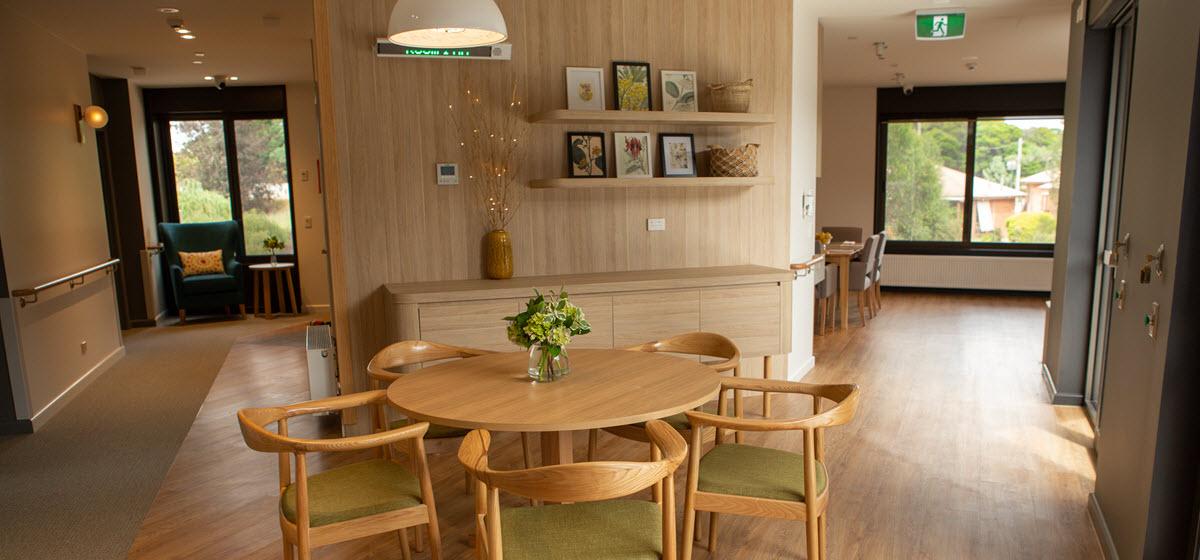
Ένα κοινόχρηστο καθιστικό στο φιλικό προς την άνοια Γηροκομείο Creswick
Ιδιωτικά υπνοδωμάτια
Τα ατομικά υπνοδωμάτια με ιδιωτικό μπάνιο παρέχουν αξιοπρέπεια και ανεξαρτησία στους οικότροφους του γηροκομείου. Η ανακατασκευή του Edenhope and District Memorial Hospital αξίας $6,3 εκατομμυρίων περιλάμβανε την κατασκευή 18 ιδιωτικών δωματίων με μπάνιο. Αυτό αντικατέστησε τα υφιστάμενα κοινόχρηστα δωμάτια, δίνοντας στους οικότροφους προσωπικό χώρο.
Εύκολη πρόσβαση προς τους εξωτερικούς χώρους
Η εύκολη πρόσβαση στους εξωτερικούς χώρους είναι σημαντική στη δημιουργία στους σπιτικού περιβάλλοντος. Αυτοί οι χώροι πρέπει να είναι φιλόξενοι, ελκυστικοί και ασφαλείς.
Στο φιλικό στους την άνοια Γηροκομείο Creswick, τα δωμάτια είναι συγκεντρωμένα γύρω από μια κεντρική αυλή που μπορούν να αποκλειστούν από την υπόλοιπη εγκατάσταση. Αυτό επιτρέπει στους οικότροφους να μετακινούνται ελεύθερα και με ασφάλεια. Δύο υπαίθριοι καθιστικοί χώροι προτρέπουν στους οικότροφους να κάθονται στους εξωτερικούς χώρους, ενώ τα υπερυψωμένα παρτέρια του κήπου που είναι προσβάσιμα από άτομα σε αναπηρικά αμαξίδια βρίσκονται στους οικότροφους να ασχοληθούν με τον κήπο.
Ο εξωτερικός χώρος προςφέρει στους οικότροφους δυνατότητα επιλογών. Μπορούν να απολαύσουν ενεργά τον υπαίθριο χώρο ή απλά να περάσουν λίγο χρόνο μόνοι στους. Ο σχεδιασμός στους αυλής σημαίνει στους ότι οι εξωτερικοί χώροι είναι ορατοί από το εσωτερικό του κτηρίου, αυξάνοντας την αίσθηση σύνδεσης με το φυσικό περιβάλλον.
Richard Blight, Διευθυντής του Blight, Blight & Blight«Ένα από τα πράγματα που λαμβάνονται υπόψη κατά το σχεδιασμό των εξωτερικών χώρων είναι ότι χρειάζονται εξίσου μεγάλη προσοχή όσο και οι εσωτερικοί χώροι. Αν αυτοί οι χώροι δεν συνδέονται άμεσα με τους εσωτερικούς κοινόχρηστους χώρους του γηροκομείου - απλά δεν χρησιμοποιούνται».
Ο ασφαλής χώρος με τον κήπο στο γηροκομείο Mountview Home, Maldon Hospital, έχει βελτιώσει την εμπειρία των οικότροφων που έχουν άνοια δημιουργώντας ένα μονοπάτι για περπάτημα κι έναν προσβάσιμο κήπο μέσα σε μια κλειστή αυλή
Μεγάλη ποικιλία κοινόχρηστων χώρων
Μια ποικιλία κοινόχρηστων χώρων διευκολύνει και βοηθάει στους επιλογές και τον τρόπο ζωής των οικότροφων. Στους βοηθάει στους να διατηρήσουν οικογενειακές και κοινωνικές σχέσεις.
Για παράδειγμα, όταν ολοκληρωθεί η κατασκευή του νέου γηροκομείου αξίας $81,58 εκατομμυρίων στην Wantirna το 2022, το γηροκομείο που περιλαμβάνει κοινόχρηστους χώρους πολλαπλών χρήσεων, καθώς και κοινόχρηστη αίθουσα, ιερό χώρο και καφετερία. Αυτό θα δώσει στους οικότροφους περισσότερες επιλογές, με πρόσβαση σε χώρους για κοινωνική συναναστροφή, δραστηριότητες ή χώρο για προσωπική γαλήνη και ησυχία.
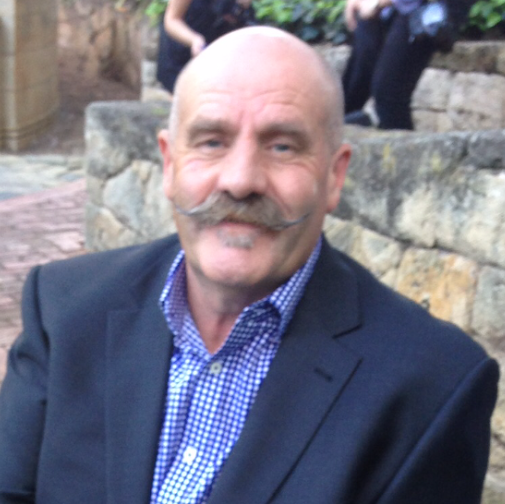
Michael Walker, Αρμόδιος Σύμβουλος, Γενικός Σχεδιασμός, Αρχή Κτηριακών Εγκαταστάσεων Υγείας Βικτώριας«Όσο περισσότερο απομακρυνόμαστε από την ιδρυματική προσέγγιση της φροντίδας ηλικιωμένων, τόσο καλύτερα αποτελέσματα θα έχουμε. Όταν κάνουμε τα περιβάλλοντα πιο σπιτικά, οι άνθρωποι νιώθουν ευπρόσδεκτοι, αισθάνονται ασφαλείς και αισθάνονται ότι αποτελούν κομμάτι αυτού του περιβάλλοντος».

